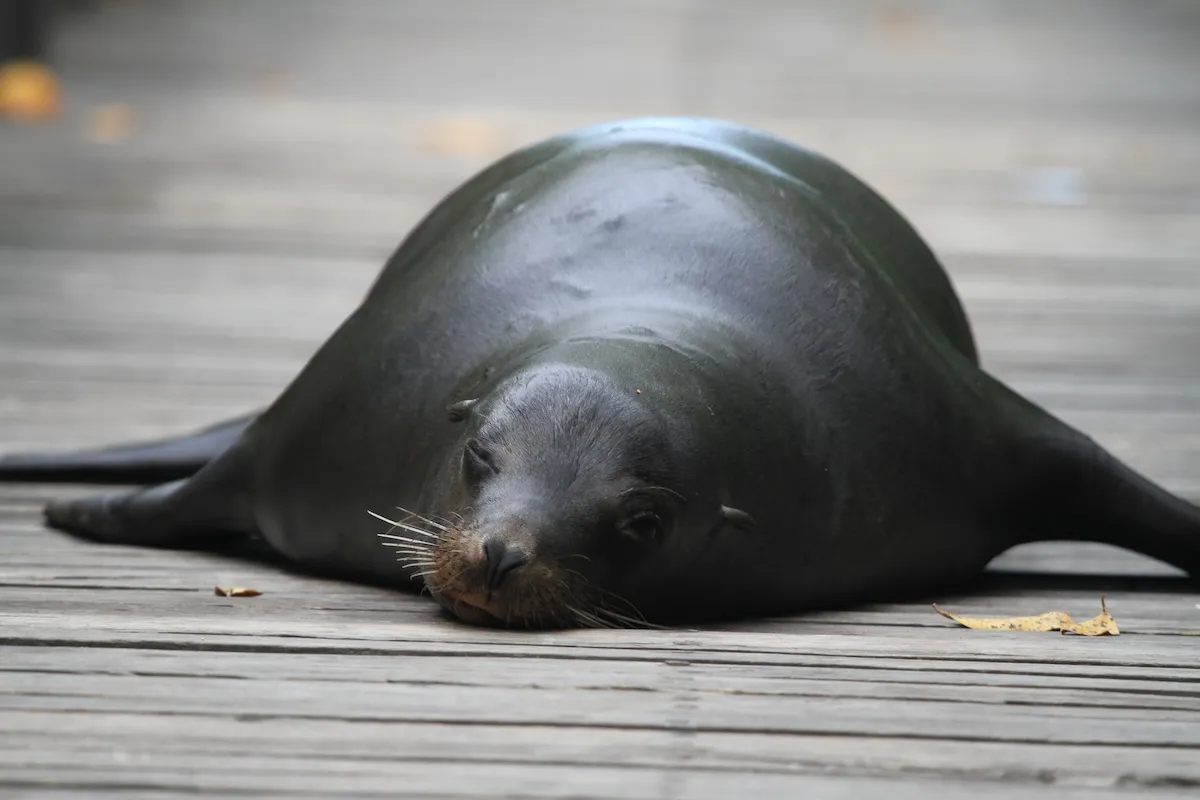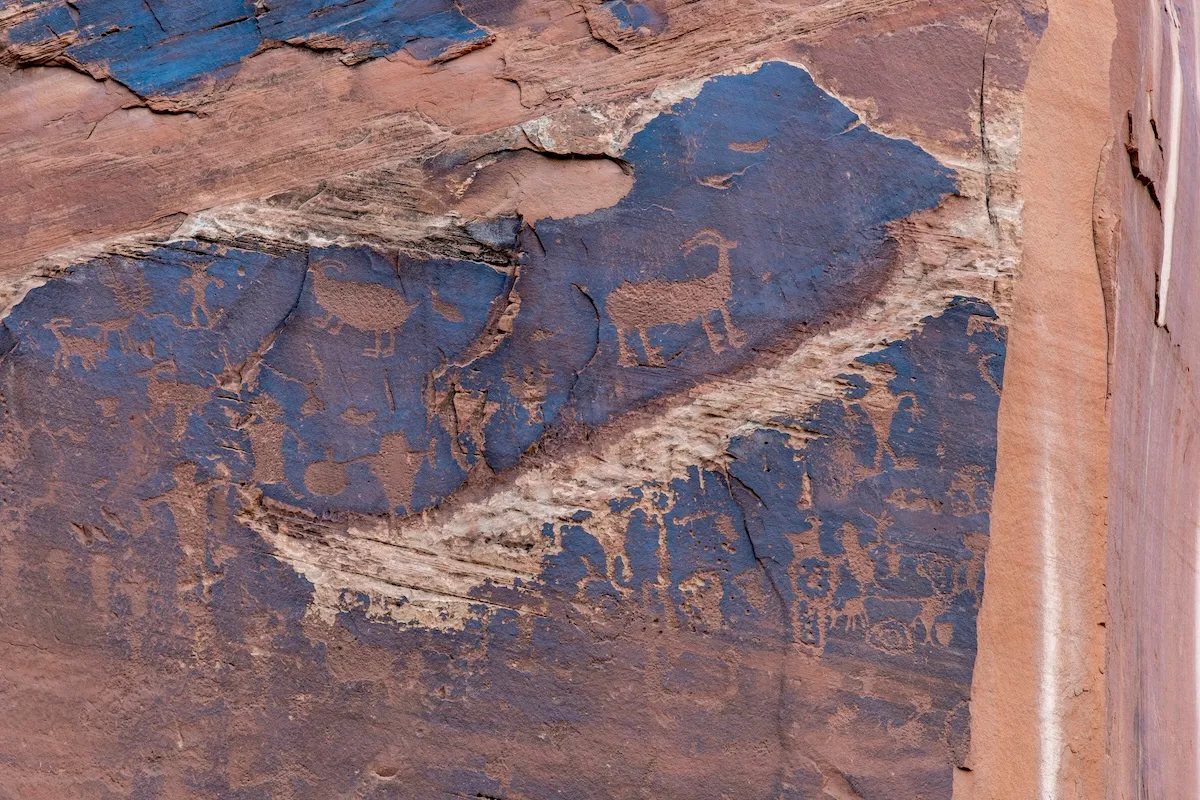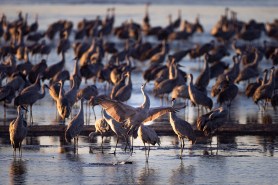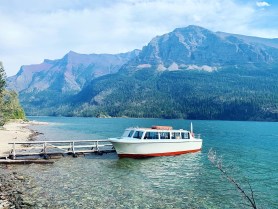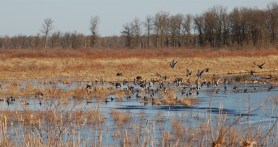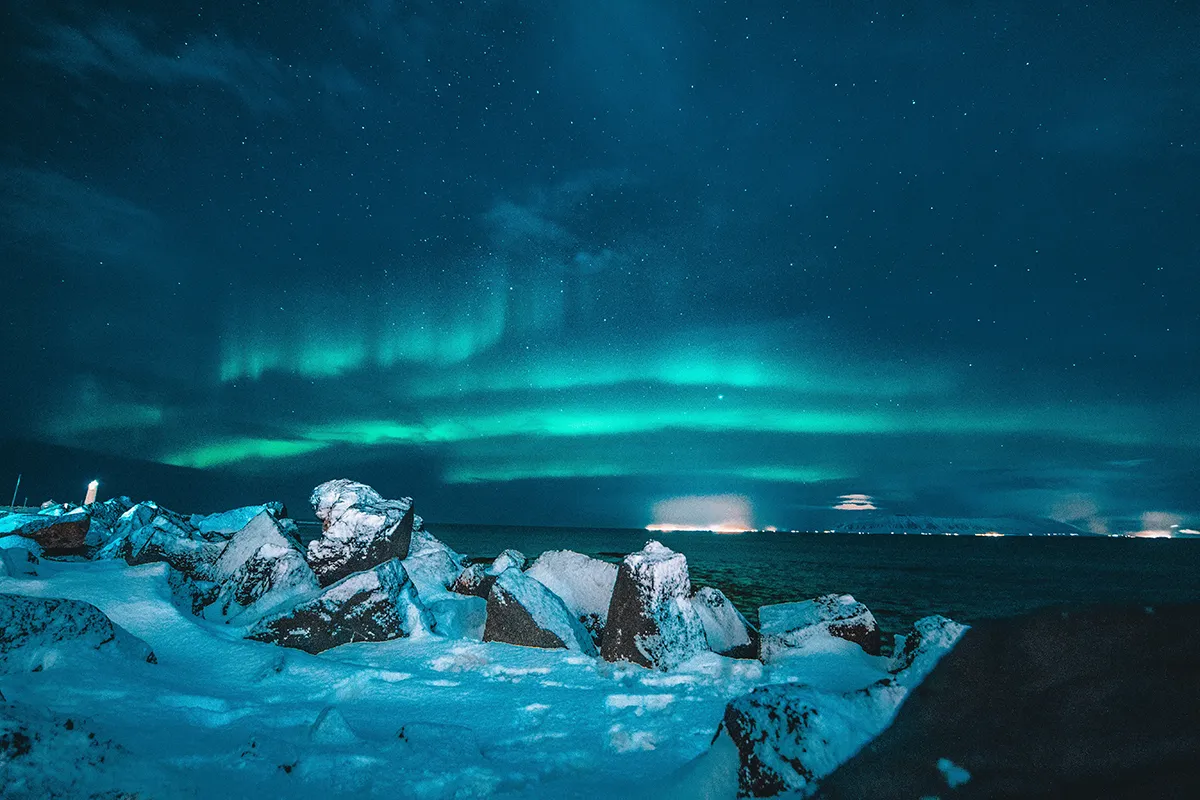

Southwest Iceland recently began quaking and shaking after a miles-long magma dike running beneath the Reykjanes peninsula caused a burst of seismic activity. Reportedly, over 1,500 earthquakes occurred on November 10 alone, indicating a volcanic eruption was imminent. Cracks and craters dramatically formed on roadways in Grindavík, the fishing town literally in the line of fire, and the famed nearby Blue Lagoon geothermal spa was temporarily closed.
Videos by Outdoors
Amid the natural-disaster drama, I had a choice to make: go ahead with what would be my third trip to the aptly nicknamed “Land of Fire and Ice,” or postpone and play it safe. I went ahead with the trip, and upon landing in Iceland everything seemed, well, normal.
If it weren’t for the many messages from friends sending news links and asking about the potentially explosive situation, I would have completely forgotten there was even an issue. Icelanders, it turns out, are quite used to the volatility of Mother Nature, a force they learn to deeply respect in childhood. Iceland’s position in the North Atlantic Ocean and on the Eurasian and North American tectonic plates means there’s an acceptance about living with the chance of extreme events occurring, including those that involve spewing lava and blinding ash clouds.
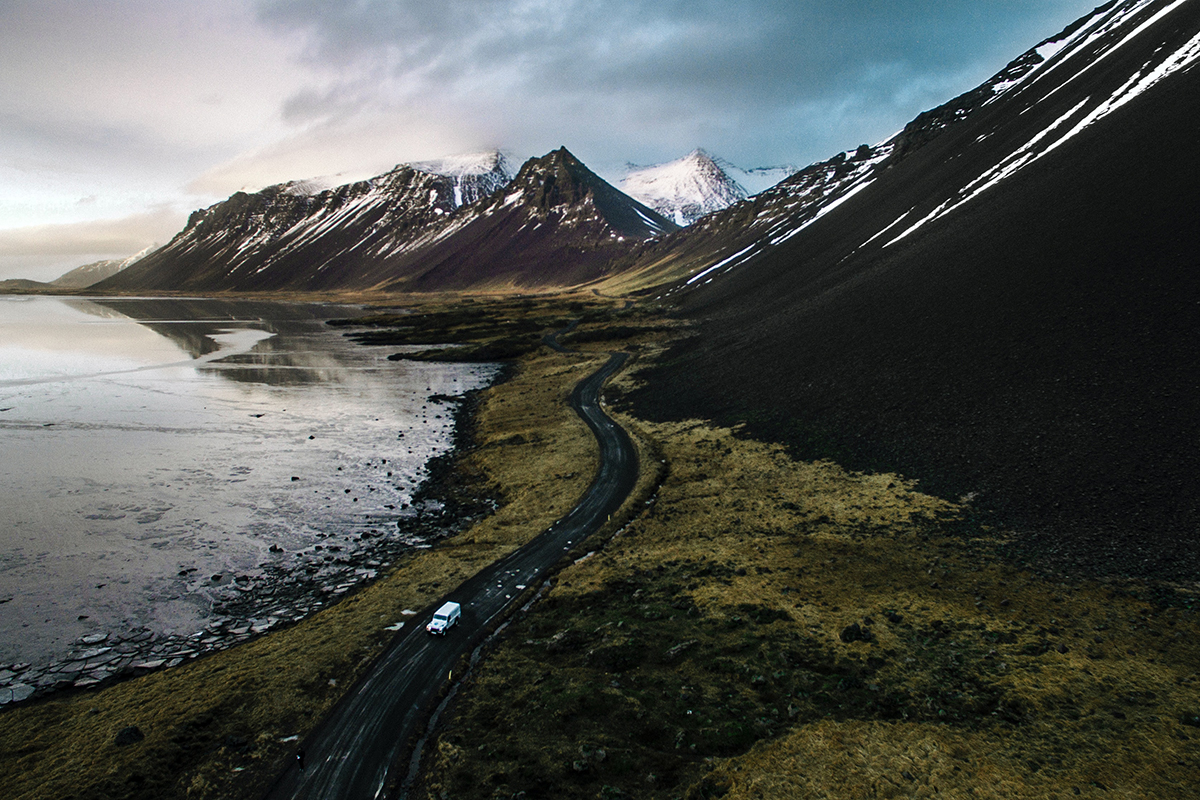
On one expedition during my time exploring the wilds of Iceland, I headed to glacier-covered Eyjafjallajökull, now perhaps the most well-known volcano of the 130 dotting Iceland. In early 2010, after almost two decades of intermittent volcanic unrest, the dozing giant awoke from its slumber and caused chaos when a fissure eruption resulted in lava fountains that melted the ice-capped summit crater. The resultant massive plumes of ash drifted into the atmosphere, blanketing the Atlantic and Europe. This fine-grained ash caused the cancellation of around 100,000 flights in the northern hemisphere over the course of a week, a stark reminder of nature’s often unanticipated and unpredictable power.
In light of past volcanic events like the Eyjafjallajökull eruption, it remains to be seen what may happen with the current volcanic episode occurring around 30 miles outside Iceland’s capital city, Reykjavík. Icelanders, however, are likely, as always, to take in stride whatever comes their way. However, just because citizens of this extreme country are so cool, calm and collected in the face of uncertainty doesn’t mean they’re foolhardy. They’ve learned to survive and thrive here thanks to the respect they have for the land and the knowledge they’ve garnered over generations about how to coexist with a natural setting that is often unforgiving.
As tourism in Iceland continues to increase by leaps and bounds (2022 reportedly saw 1.7 million visitors, a 146 percent increase from the previous year), tourists aren’t always aware of some of the necessary precautions they need to take when exploring this island nation—but they should be. Here are a few essential safety tips to bear in mind when traveling around Iceland.
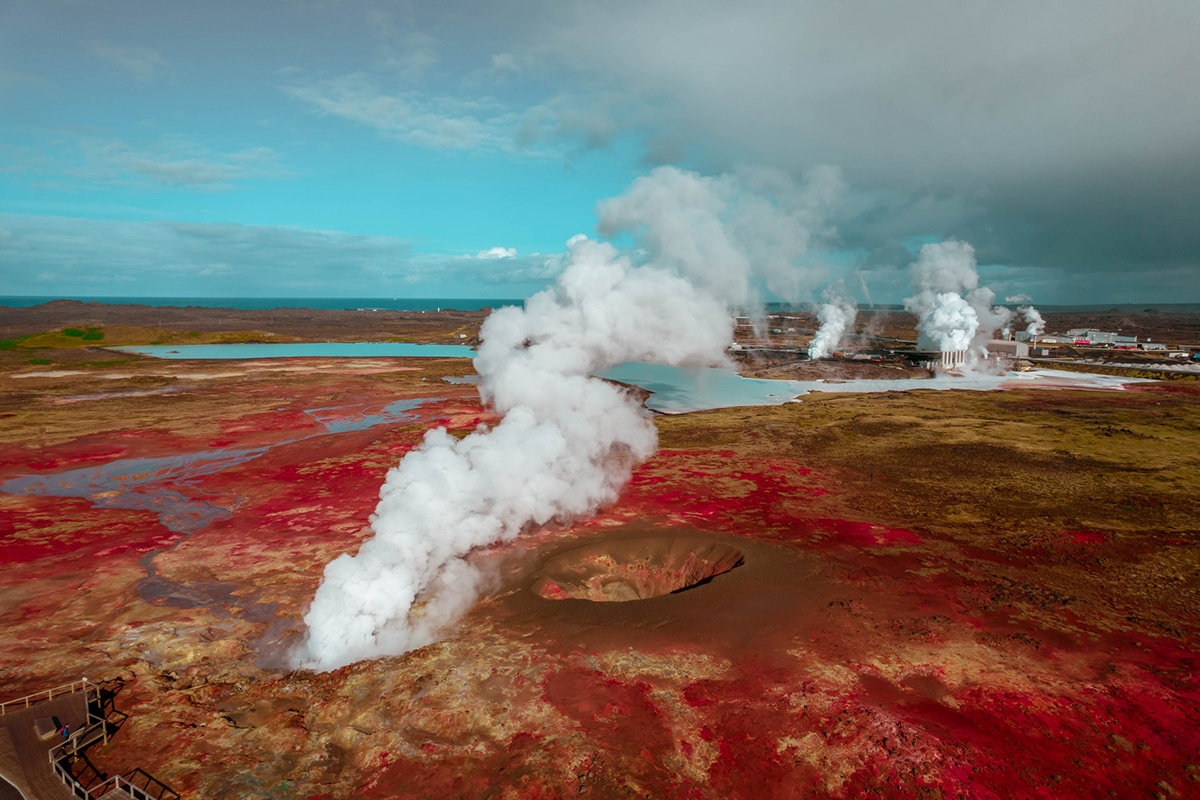
Listen to the Locals
Those who call Iceland home have a lot of hard-earned experience with the weather, so if locals warn that conditions will be bad, then prepare for the absolute worst. Weather here is notorious for changing incredibly fast—there can be sun, wind, rain, and snow all in the course of hours. So the Icelandic Association for Search and Rescue (ICE-SAR) recommends staying abreast of the situation by signing up for weather warnings and other alerts with the SafeTravel Iceland app. ICE-SAR also advises listening to wardens, rangers, police, and others when making plans.
Tell Someone Where You’re Going
Once you decide where to go, it’s wise to share travel plans and itineraries with someone who could take action if something goes wrong. Travel plans can be logged with safetravel, which allows ICE-SAR to organize and execute search and rescue efforts in worst-case scenarios. The SafeTravel app can also send GPS coordinates to emergency services when problems arise.
Ensure You Have Adequate Gear
Those with winter camping experience should pack a three-season tent to enjoy the short summer season, and a four-season tent to survive the intense wintertime conditions. Extra pegs to secure tents are key since Iceland is known for its strong winds throughout the year. As for getting a good night’s rest, summer means nearly 24 hours of sunlight, so light sleepers may need masks, while winter brings dark days that require campers to have headlamps, lights and plenty of extra batteries.

Remember, Beautiful Sights Can Be Dangerous
When I visited Reynisfjara, perhaps the country’s most well-known black sand beach near Vík, the wind was whipping and the waves were churning around basalt columns and offshore pillars. Smaller waves relentlessly swept the sand and seemed relatively harmless. My guide, however, warned that these so-called “sneaker waves” form in all types of weather and have claimed many lives over the years since they easily knock visitors off their feet, allowing the undertow to sweep anything in its path out to sea in seconds. The dangerous conditions in deeper water mean there’s little chance of rescue. On the beach, posted warning signs with green, yellow and red lights should be heeded since they indicate how close to the tideline is safe to explore. Somewhere without any indication of the threat level? Always air on the side of caution and stay away from the surf.
Go With a Glacier Guide
Unsurprisingly, Iceland is full of ice, and it deserves respect. While hopping across ice floes and icebergs may make for great photos and videos at sites like the popular Jökulsárlón glacier lagoon, it’s wise to explore from a safe distance. Floating sheets of ice can easily flip or float far from land, and a fall into the frigid waters could spell death within minutes. Even though part of Iceland’s allure is its solitude, going on glacier hikes should never be a solo endeavor since danger lurks everywhere, and it’s easy to get lost. Instead, rely on the expertise of local guides who know the area, including how to navigate hidden crevices, moulins, and disorienting terrain.

Watch Your Step
Gushing geysers, bubbling cauldrons of mud, and fumaroles, or hot springs, populate Iceland’s many geothermal regions. The Geysir area is a popular pitstop in Iceland, and ropes and walkways should be respected. However, other geothermal hotspots along roads less traveled can prove dangerous for hikers who aren’t aware of their surroundings. A misstep into a hole filled with scalding hot water or clay could result in serious burns.
